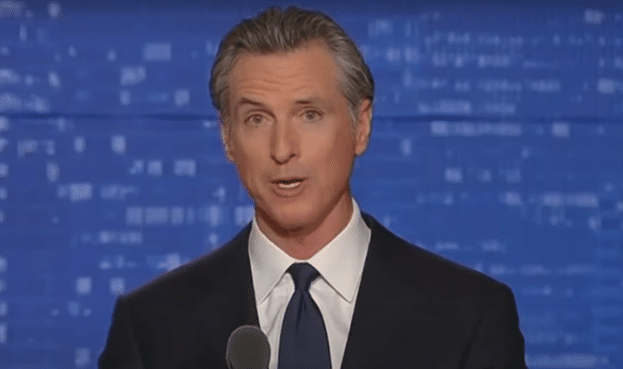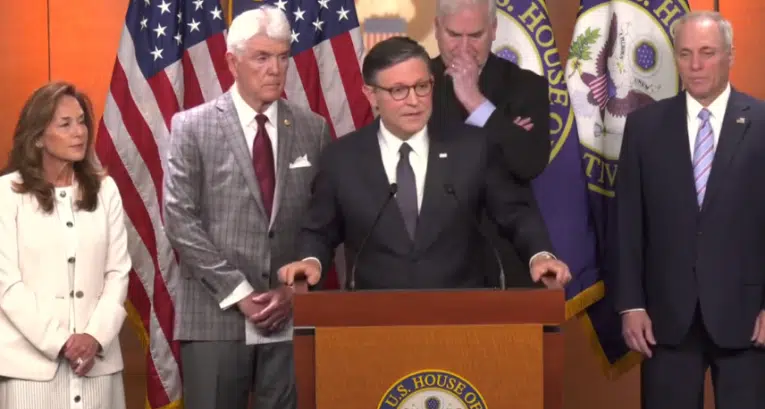
“Neither of us will be the nominee for our party in 2024.”
That was California Democratic Gov. Gavin Newsom in a Fox News televised debate with Florida Republican Gov. Ron DeSantis on Nov. 30, throwing cold water on calls from within his party for him to replace incumbent President Joe Biden atop the Democratic ticket in 2024.
While not very surprising — one has to go back to 1952 and 1968 the last times a sitting, unpopular president opted not to run for reelection, and Biden has not so abdicated the office yet — and seeing past the jab at DeSantis, the very idea that Newsom (and by extension the Democratic Party) saw a calculated need for this to be addressed in the debate with DeSantis is quite telling of the incredibly weak position Biden finds himself in headed into 2024.
With an average disapproval rating of 55.5 percent — only 40.6 percent approve — in the latest compilation of national polls by RealClearPolitics.com, and amid calls for Biden to sit out 2024, it is clear Democrats are more or less on the brink of a full-fledged panic over losing the White House and perhaps the Senate next year, and failing to pick up the House.
And so, Newsom’s throwaway barb at DeSantis stands out as an attempt to steady the ship’s crew amid calls for a political mutiny, in a debate that appears to have been concocted as a sort of exhibition match to showcase the candidates who might be running in 2028, or who might have been the nominees if Biden and former President Donald Trump were not running.
Top among the reasons has got to be the record of sitting presidents who stood aside. In 1952, Harry Truman opted not to run after losing the New Hampshire primary, and his party lost an historic landslide to Dwight Eisenhower as Republicans picked up the White House and majorities in the House and Senate all in the same year.
Similarly, in 1968, when Lyndon Johnson stood aside after a lackluster write-in campaign in New Hampshire, Republicans led by Richard Nixon won back the White House for the GOP relatively easily, and the party picked up five seats apiece in the House and Senate.
On the other hand, in 1980, when unpopular incumbent President Jimmy Carter did stand for reelection, he lost in a landslide, too, with Ronald Reagan picking up 44 states plus 34 seats in the House and 12 seats in the Senate to get the majority there.
But so did Donald Trump stand for reelection in 2020, which despite the Covid pandemic and a massive albeit short recession with tens of millions of jobs lost amid the economic lockdowns, barely lost to Joe Biden by a scant 43,000 votes in Georgia (10,000), Arizona (10,000) and Wisconsin (23,000) and picking up 13 seats in the House, although losing 3 seats in the Senate.
Whereas, if Trump had hypothetically stood aside (he’d never do that but again hypothetically), it might not have been so close.
The other part is that incumbent presidents tend to get reelected when they do stand for reelection about two-thirds of the time, and so even if Biden is upside down right now, a lot can change as the campaign to re-elect Biden gets fully underway. Whereas, again, the last two times the incumbent president stood aside in modern history, his party lost. At this time, Democrats appear to be settling on taking their chances with Biden. As usual, stay tuned.
Robert Romano is the Vice President of Public Policy at Americans for Limited Government Foundation.





